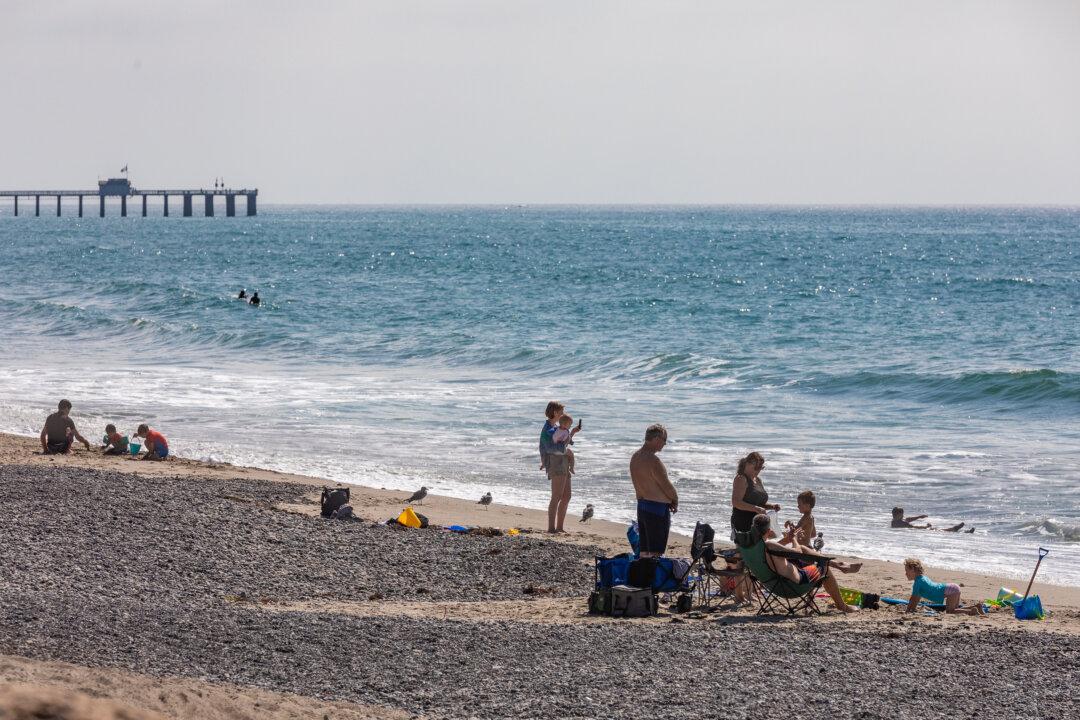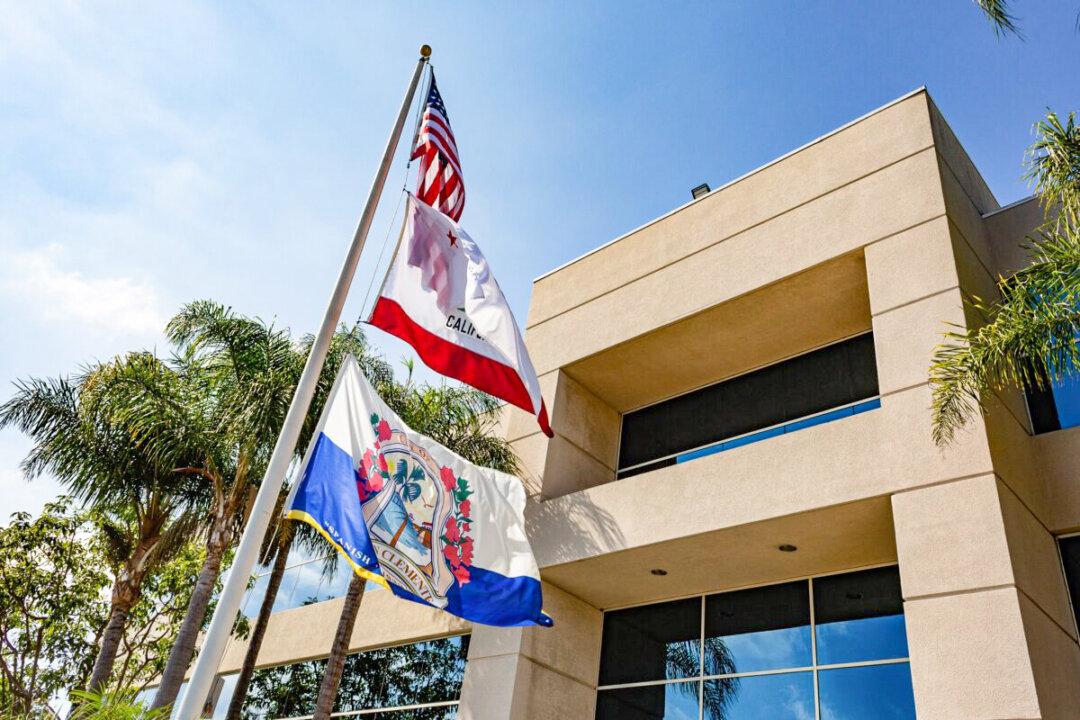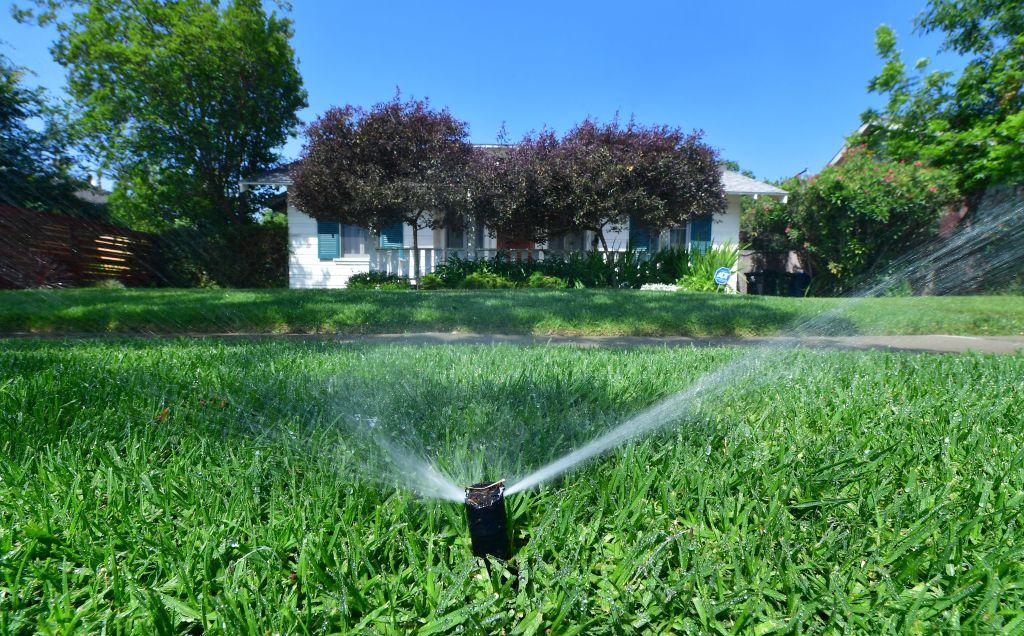SAN CLEMENTE, Calif.—The San Clemente City Council this month unanimously adopted a plan aimed at staving off future potential impacts to its beaches and shores due to rising sea levels, and coastal erosion.
The so-called Coastal Resilience Plan seeks to address a range of issues—everything from easing incremental shoreline erosion all the way to a worst-case scenario where the region’s sea wall—which protects homes and other structures—would be gone.





